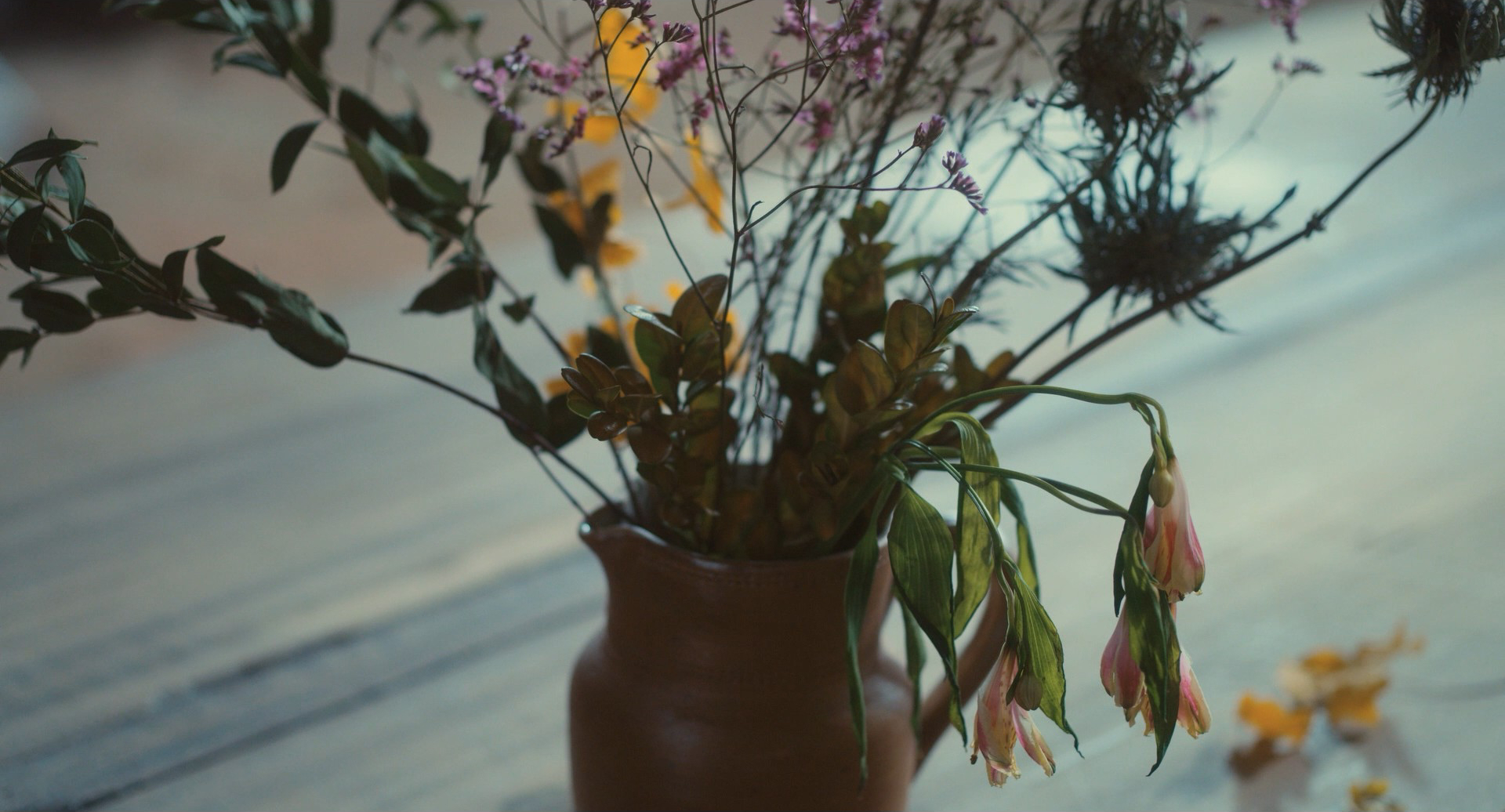IDDA’S BREATH
a film by Irene Dionisio
written by Irene Dionisio and Marco Borromei
produced by Giovanni PompiliLogline
Hiking the Mount-Etna, the volcano-woman, two childhood friends, now in their thirties, face painful secrets and epiphanies, finding themselves united like never before. Beyond time and space.Cast
Romana Maggiora Vergano (SOFIA)
Tecla Insolia (ADELE)
The Narrative Approach
This film is dedicated to my best friend, who passed away suddenly a few years ago. It follows the traces of a joyful friendship and, at the same time, a tragic loss, full of regrets. For this reason the film unfolds on a dual narrative timeline: the past of the journey undertaken by Adele and Sofia, and the present where Adele's returns to Etna to forgive herself, imagining a different final.Visual Approach
The visual style of the film requires an image with a textural, warm grain, capable of conveying every quiver and detail of the bodies of your protagonists, of the mysterious and ever changing nature of the volcano and of natural lights.Visually IDDA revolves between the nearly epidermic details of the skin, the gestures, the eyes of the two main characters and the wider shots showing the space of the volcano.The pace of the film will follow the emotional narrative of the bodies through Adele’s POV. The intimacy of the two protagonists will be visually narrated with a hand-held camera and an EasyRig - lingering on the epidermic details of the skin, the gestures, the eyes.For the wider shots in the landscapes I will turn to the tripod with a more contemplative approach, using a camera on a tripod with little internal editing and panning movement. Format: for aesthetic and conceptual reasons at the same time, the 1:66:1 HD format will be used for the entire film. The format will vary in 4:3 16 or 35mm in the display of the archives.The timeline
To convey the special narrative approach, the style of the film will soon begin to suggest a "glitch," an inconsistency in the narrative fabric that, working underground, will prepare the viewer for the moment of truth.The moments in the present, in which Adele retraces by herself the places of their previous vacation, will have some specific characteristics that will make them gradually more readable: slight changes in Adele's clothing and haircut, precise sound design notes such muffled sounds and slight interference, as well as light flares that will underline the switches.The gap between present and past is told by whatwas there and is now missing: withering flowers, the sign of a frame on the wall, a candle now extinguished. They are the traces of a spiritual pilgrimage through the process of mourning.The Landscapes of the Soul: the Vulcano
“Idda” is the way Catanese themselves call the Etna Mountain. In Sicilian dialect it simply means 'She'. “Idda”, capable of giving life and death at the same time, like a mother's womb.In their ascent to the top, Adele and Sofia come across the most various landscapes as traversing Dantean circles: from pine forests, to lava rocks shrouded in clouds and fog, passing through expanses of tree scharred and fossilized by time. The landscape here becomes on the one hand a lead character, on the other a place of the soul, mirroring the evolution of the two friends' confrontation, and of Adele’s final catharsis.The film will move freely between the stylistic features of cinema-poetry, with inserts of archive montages showing the cyclical time of the Etna in the History, and naturalistic observation.“All things overcomes, in time.
Lives forever, between Heaven and Earth.
Watches humans live and die.
Cries, laughs, sighs, unfazed.
It’s her.”
Moodboard
Sound design + music
The film is implicitly highly resounding. On the one hand the sounds of nature – from the waves of the sea to the rocks, birds, and trees shaken by the wind in the mountain – and on the other the noise of bodies – tears, sighs, retching, laughter.The sound of nature around the two friends evolves and transforms with them, in a mutual exchange. And it is a sound that awaits them on the top of the mountain. The “vulcano breath”, a raucous, ancestral, cosmic sound coming from the bowels of the hearth and reminiscent of a beating heart.The work on live sound and sound design will be integrated with music that will go from the electronic sounds of Nicola Cruz and Kerala Dust, to traditional Sicilian songs like "Mi voto e mi rivuto" by Rosa Ballistreri and the old balade "Luce tua".Credits + info
A film by Irene Dionisio
Writers: Marco Borromei e Irene Dionisio
Producer: Giovanni Pompili
Developement executive: Isabella Weber
Editing: Aline Hervé
Poetic text: Mariangela Gualtieri
Soundtrack: Franco Battiato, Rosa BallistreriFormat: Digital, DCP
Running Time: 90 min
Genre: Drama
Target audience Suggested: Female-skewing arthouse audiences, 20 - 50 years; fans of female-centered stories
Shooting Start: August-September 2025
Shooting Language: Italian




















